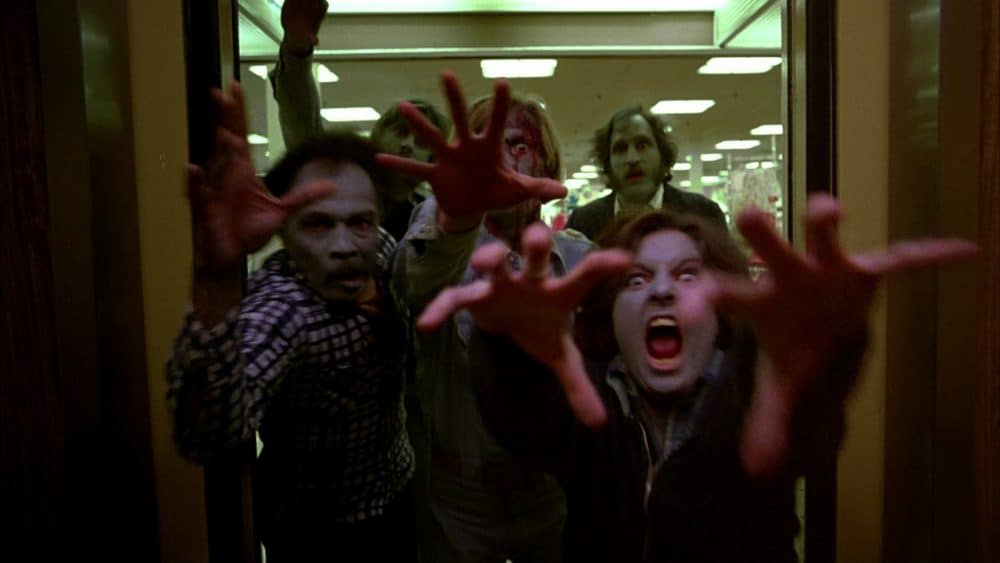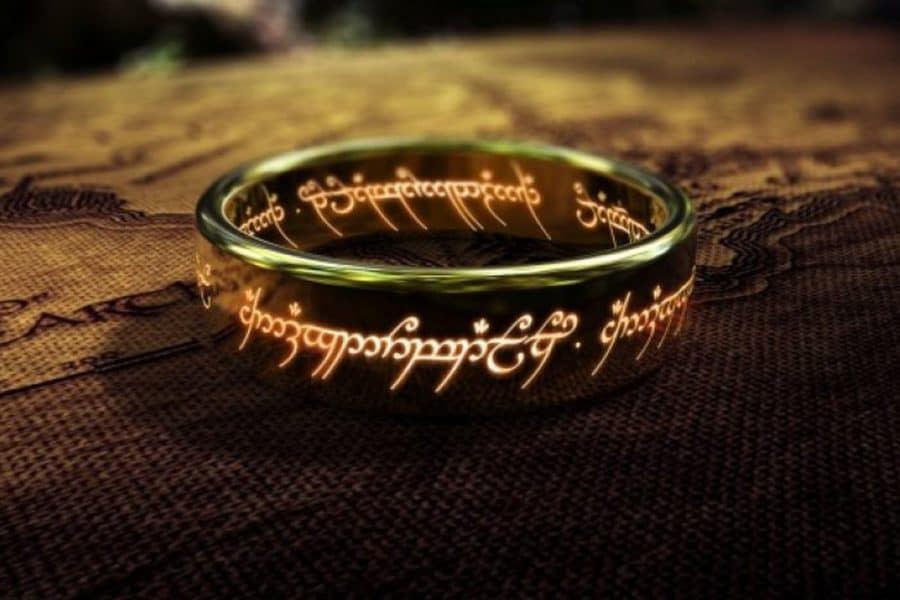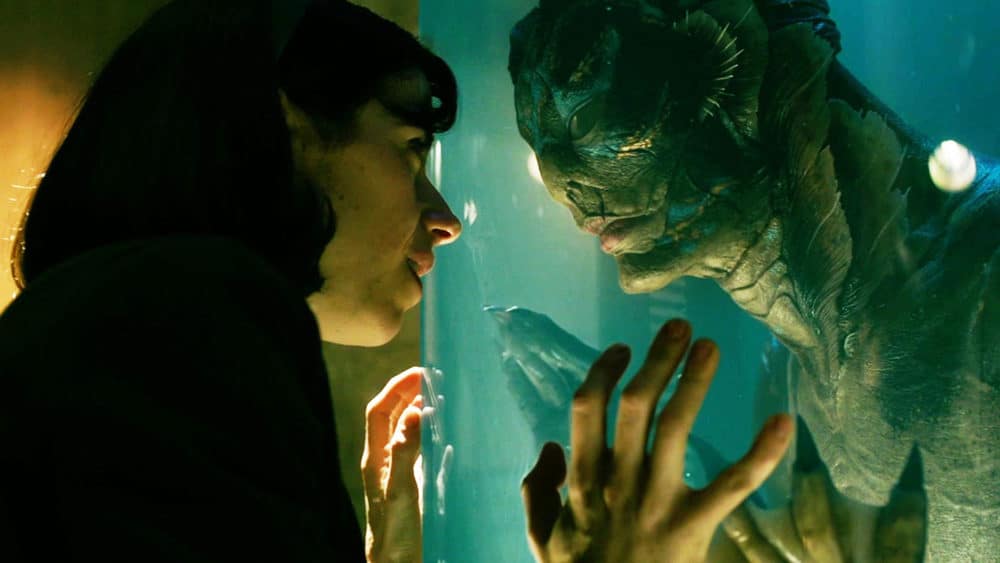
It’s a phrase you hear a lot and usually comes without any explanation for what the person saying it actually means. “Genre Movie.” What a nasty, presumptuous phrase.
Even if you don’t know what it means per se, you know exactly what is meant by it. It’s “low art:” something decidedly not worth your time. These are movies that aren’t ”worthy” of awards, the kind that are shown at midnight on Friday night TV. Kids stuff. Junk.

But that’s not really an opinion, now is it? That’s a judgment — a negative one, certainly — but one without any real context or grockable meaning behind it. After all, all movies belong to one or more genre, so why do only certain kinds of movies get to be genre films?
The term “genre film” is the modern-day ancestor of “genre fiction,” a marketing tool used to distinguish between the prestige-driven “high art” that highbrow, hoity toity circles peddled in with the “low art” that was popular with the unwashed masses and particularly with children. A Tale of Two Cities, Crime and Punishment, The Great Gatsby, those were “genre” books. Those were good! Those were classics! They simply were!

But no matter how good the alternatives were — books in debased and divergent genres — they were always lesser: cheap, tawdry little tales for unruly children up past their bedtime and the unschooled commoner who simply didn’t know any better (unlike the erudite sophisticate, that is). So The Lord of the Rings, Dune, and Frankenstein were relegated to this lesser categorization until the stringent division between these kinds of stories started to break down in recent decades.
Although a lot of different genres and sub-genres fall under the film “genre fiction” — pretty much everything other than the classic theatrical distinctions of drama and comedy do — the three that are more typically associated with the term (and thus with low art in general) are fantasy, science fiction and horror. So those stuffy old gatekeepers of “good taste” would see something akin to Full Metal Jacket (1987), a sometimes grim portrayal of war told via the experience of a young recruit who grows to manhood during the conflict despite the tribulations it puts him through at the same time, as a masterwork of cinema that cuts to the very heart of the human condition. But something like, say, Star Wars (1977), a sometimes grim portrayal of war told via the experience of a young recruit who grows to manhood during the conflict despite the tribulations it puts him through at the same time (only this time with a space-age twist), is cheap and tawdry and besides itself with inadequacies. Star Wars is even fundamentally borne from anxieties and traumas suffered by the baby boomers throughout the Vietnam conflict, but that doesn’t matter to some people. It’s science fiction. It’s a genre film.

Since the birth of the blockbuster in the mid-to-late 1970s — thanks precisely to the one-two-three combo of Jaws (1975), Star Wars and Superman (1978) — the walls between “genre” and “prestige” art in general, and cinema in particular, began to break down. This continued through the 1980s, during which time many of the most critically acclaimed and popularly beloved films mixed elements from or wholly belonged to these genres. The 1990s saw these divisions even further broken down, when highbrow, pseudo-arthouse, dialog driven features were indiscriminately mixed with Gen X nerd ephemera to create a new kind of picture, with both high and low aesthetics baked into its very DNA. Clerks (1994) was (and, in many ways, still is) the prototype for this kind of mixed-genre comedy.
The wholesale rejection of The Dark Knight (2008) from any kind of serious consideration from the Oscars in the 2000’s caused enough of an uproar at the Academy’s perceived snobbery toward “genre films” that they immediately opened the award’s top contest up to ten films at a stretch, leading to popular films like Up (2009), District 9 (2009), Avatar (2009), Toy Story 3 (2010), Mad Max: Fury Road (2015), Arrival (2016), Get Out (2017) and The Shape of Water (2017) getting well-deserved Best Picture nominations in their time.

So the idea of the “genre film” means less and less to any vested movie-goer — whether they are the snootiest critic or the crassest plebeian just looking for a laugh — with each passing year. Old school gatekeepers are opening up their doors to so-called “low art” with increasing ferocity (the latest Oscar fiasco aside) and, by equal measure, everyday movie-goers are opening themselves up to the possibility of high class features (just look at the public response to recent dramas like 2011’s The Help and 2016’s Hidden Figures). Tearing down the artificial barriers that keep art of all kinds separate from one another is undoubtedly to the mutual benefit of all.





